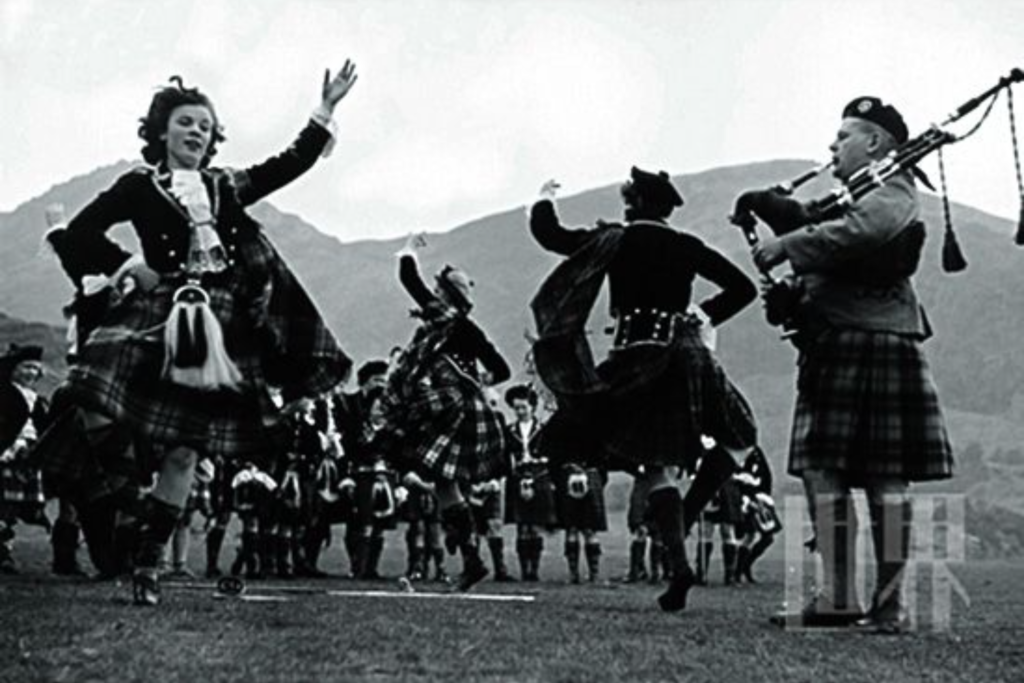The bagpipe’s stirring drone and skirl are right away recognizable, but there’s more than one type of bagpipe available. The two most well-known types are the Great Highland bagpipes of Scotland and the Uilleann pipes of Ireland. While they percentage some primary similarities, their sounds, gambling patterns, and even histories are quite distinct.

Bellows vs. Breath
One of the maximum great variations lies in air deliver. The Great Highland bagpipe uses a sheepskin bag inflated with the aid of the player’s breath. This requires regular puffing to keep strain, making gambling a physically worrying feat. The Uilleann pipes, then again, are inflated with the aid of a bellows strapped to the player’s arm, liberating them to consciousness on melody and fingering.
Drones and Regulators
Both bagpipes have drones that create a consistent harmonic base. However, the Uilleann pipes have an extra set of pipes referred to as regulators, which can be geared up with keys. These regulators permit the piper to play chords and harmonies, giving the Uilleann pipes a much wider musical range and greater versatility whilst gambling with other units.
Highland March vs. Irish Lament
The Great Highland bagpipes are recognized for their bold, effective sound, best for stirring marches and battlefield calls. Their chanter (the melody pipe) has a restricted range of notes, typically gambling in a martial-sounding scale. The Uilleann pipes, with their bellows and regulators, have a sweeter, extra nuanced tone. They excel at gambling slower, melancholic tunes and laments, a trademark of Irish conventional song.

While both gadgets are cultural icons, their sonic landscapes paint very unique images. The Great Highland bagpipes evoke the rugged beauty of the Scottish Highlands, while the Uilleann pipes capture the poignant melodies of Irish folklore.
